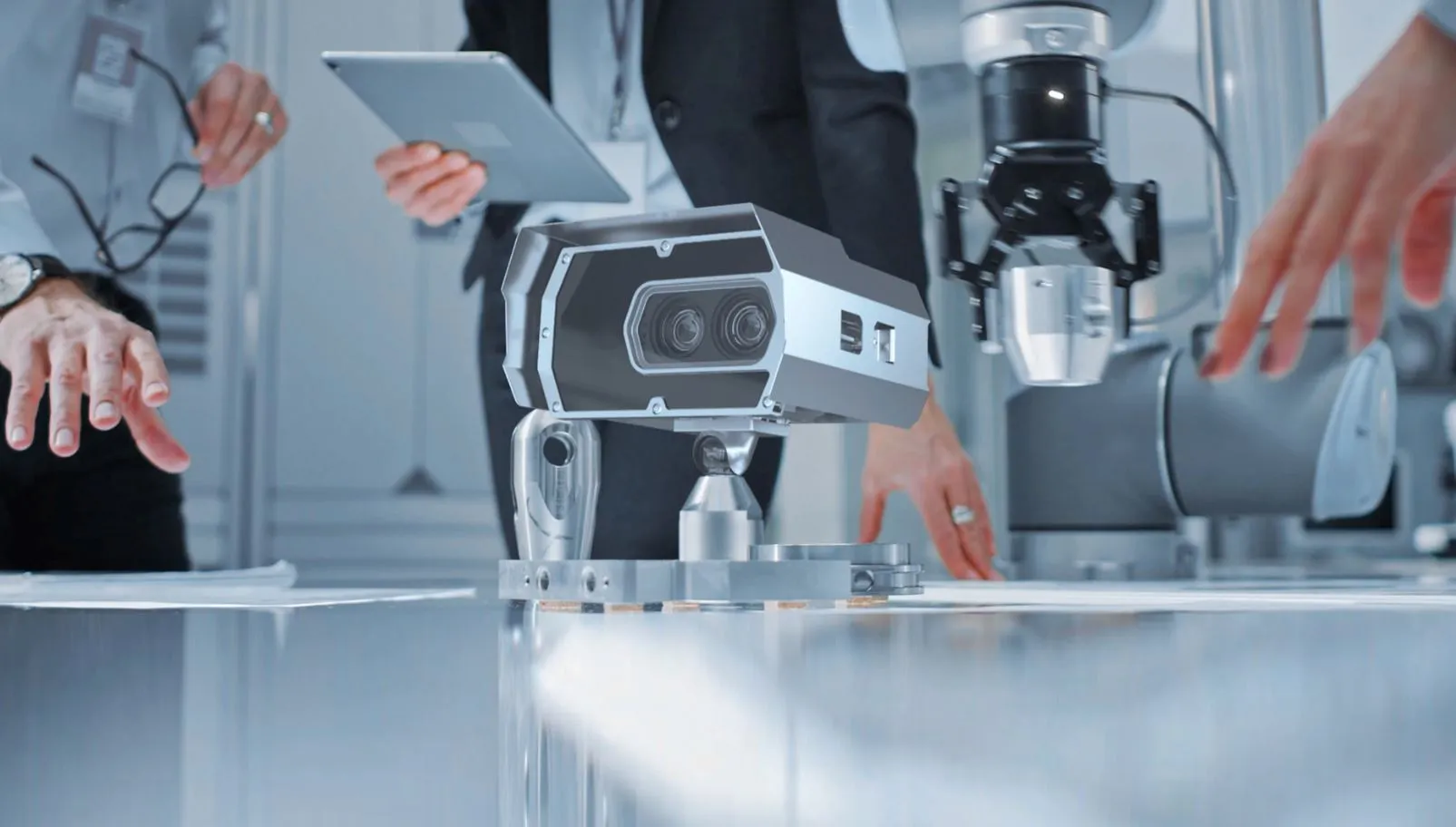Communication Networks (ComNet) has introduced a new two-channel model that allows Ethernet-based equipment to be connected over non-traditional media. The CNFE2CL2MC is a dual version that allows two separate Ethernet inputs and transports it over 75? coaxial cable or twisted pair telephone wire as follow up to the successful CNFE1CL1MC
February 6, 2012
Read time: 2 mins
Communication Networks (30 ComNet) has introduced a new two-channel model that allows Ethernet-based equipment to be connected over non-traditional media. The CNFE2CL2MC is a dual version that allows two separate Ethernet inputs and transports it over 75? coaxial cable or twisted pair telephone wire as follow up to the successful CNFE1CL1MC. This new dual package solves density challenges by allowing two separate channels to be accommodated in one ComNet product unit.
According to the company, the benefit to the user is that in many installations, CCTV cable or telephone twisted pair is already in place for surveillance cameras, camera control or telephone systems. By using the ComWorx CNFE2CL2MC, existing 75? cable or UTP can now transport Ethernet data from different security devices to a network. Ethernet over coaxial cable or twisted pair also offers the additional benefit of extended distances versus traditional Cat5/6 cable.
The CNFE2CL2MC can extend distances between devices to as much as 500m on coaxial cable or up to 3,000m on twisted pair. Each unit contains two standard BNC connectors, two terminal blocks and two standard RJ-45 Ethernet connectors. This environmentally hardened Ethernet device is designed to operate in environments where extremes in temperature and vibration are a consideration.
According to the company, the benefit to the user is that in many installations, CCTV cable or telephone twisted pair is already in place for surveillance cameras, camera control or telephone systems. By using the ComWorx CNFE2CL2MC, existing 75? cable or UTP can now transport Ethernet data from different security devices to a network. Ethernet over coaxial cable or twisted pair also offers the additional benefit of extended distances versus traditional Cat5/6 cable.
The CNFE2CL2MC can extend distances between devices to as much as 500m on coaxial cable or up to 3,000m on twisted pair. Each unit contains two standard BNC connectors, two terminal blocks and two standard RJ-45 Ethernet connectors. This environmentally hardened Ethernet device is designed to operate in environments where extremes in temperature and vibration are a consideration.










